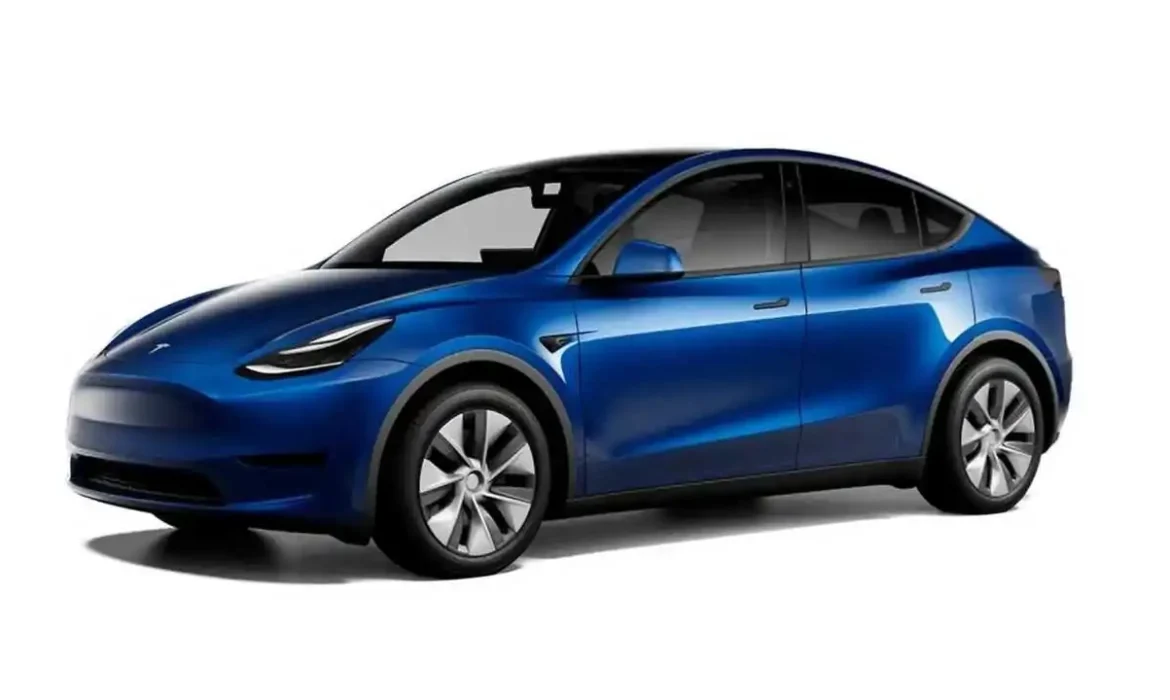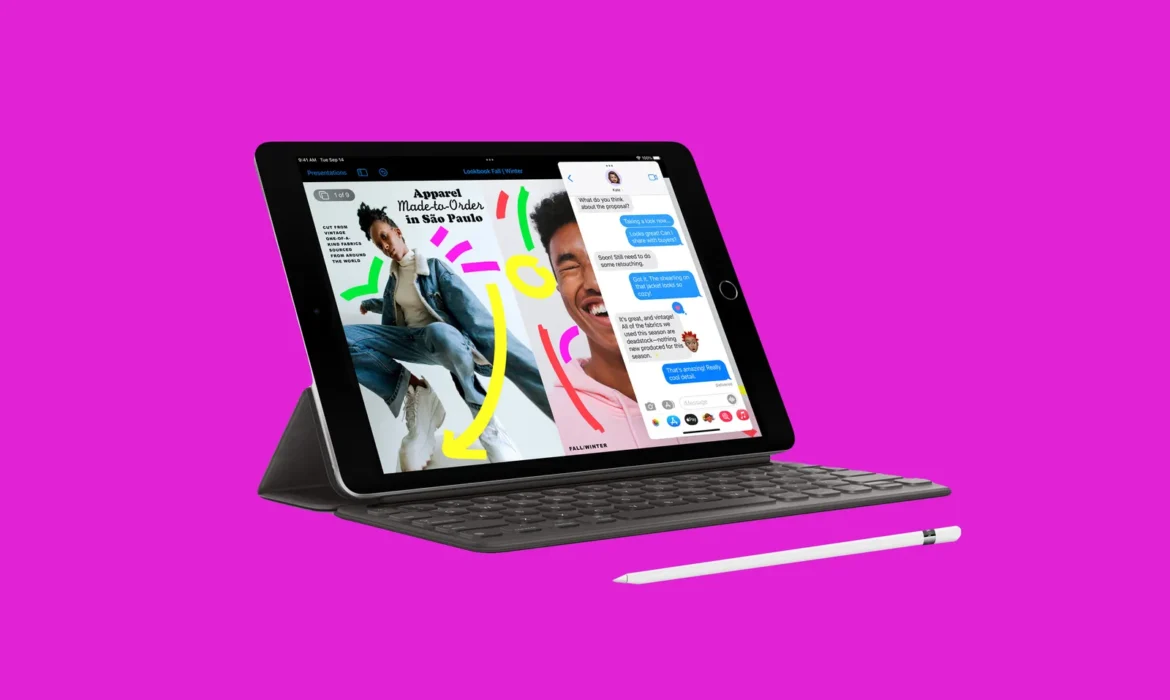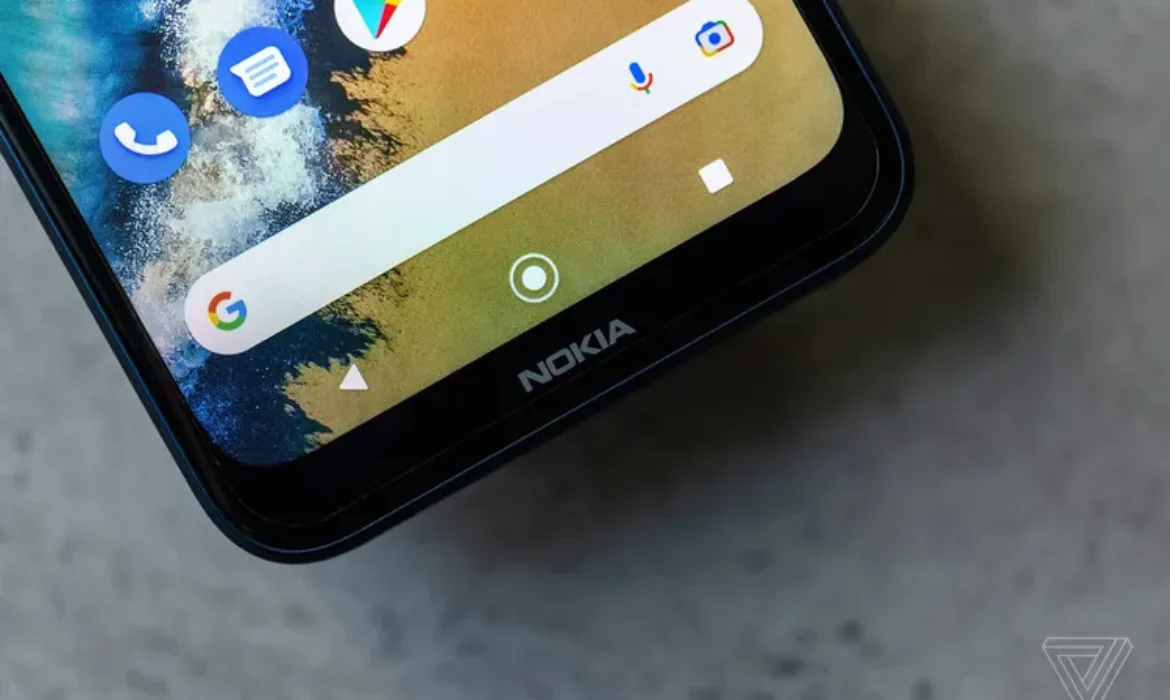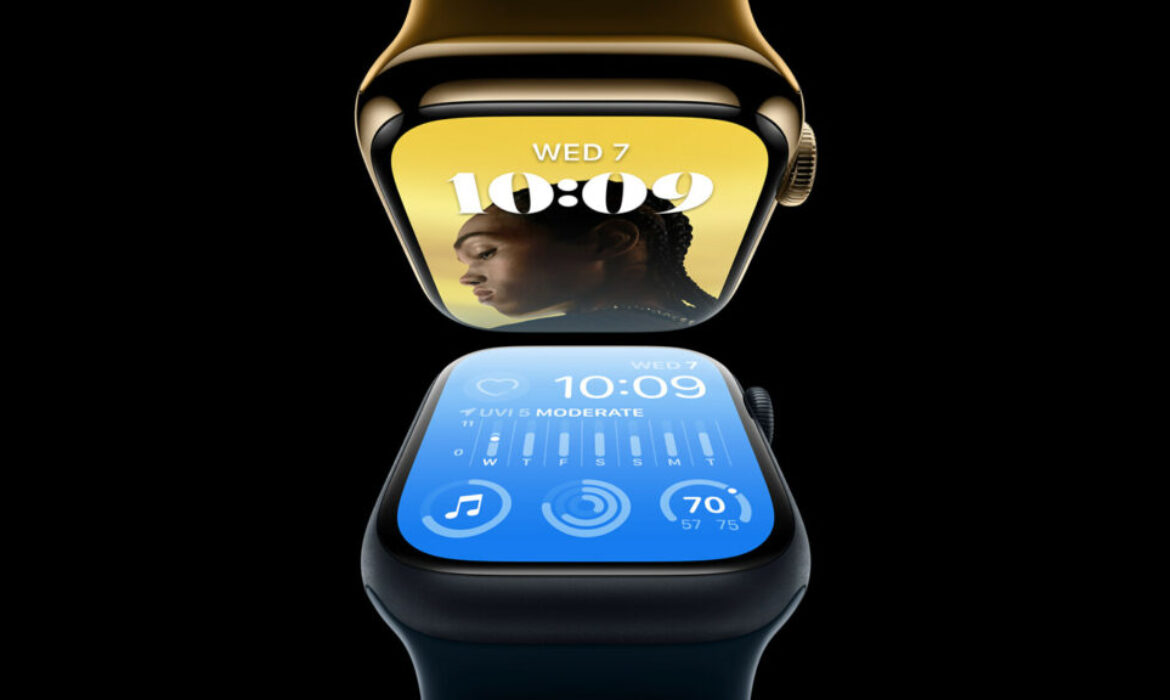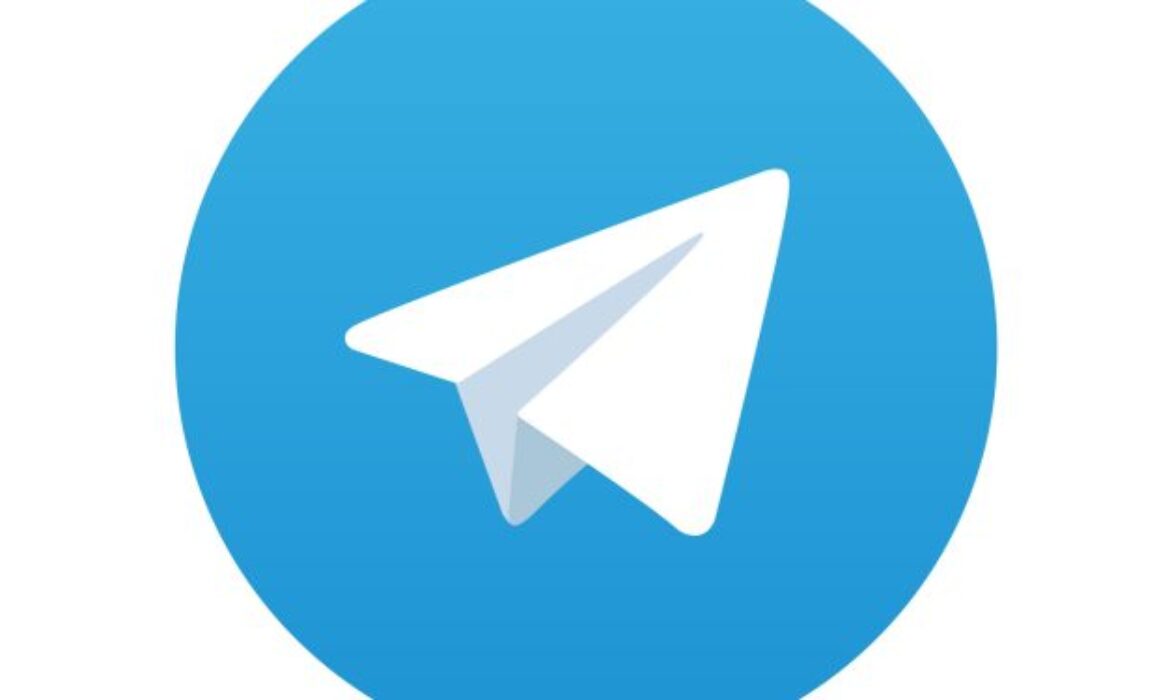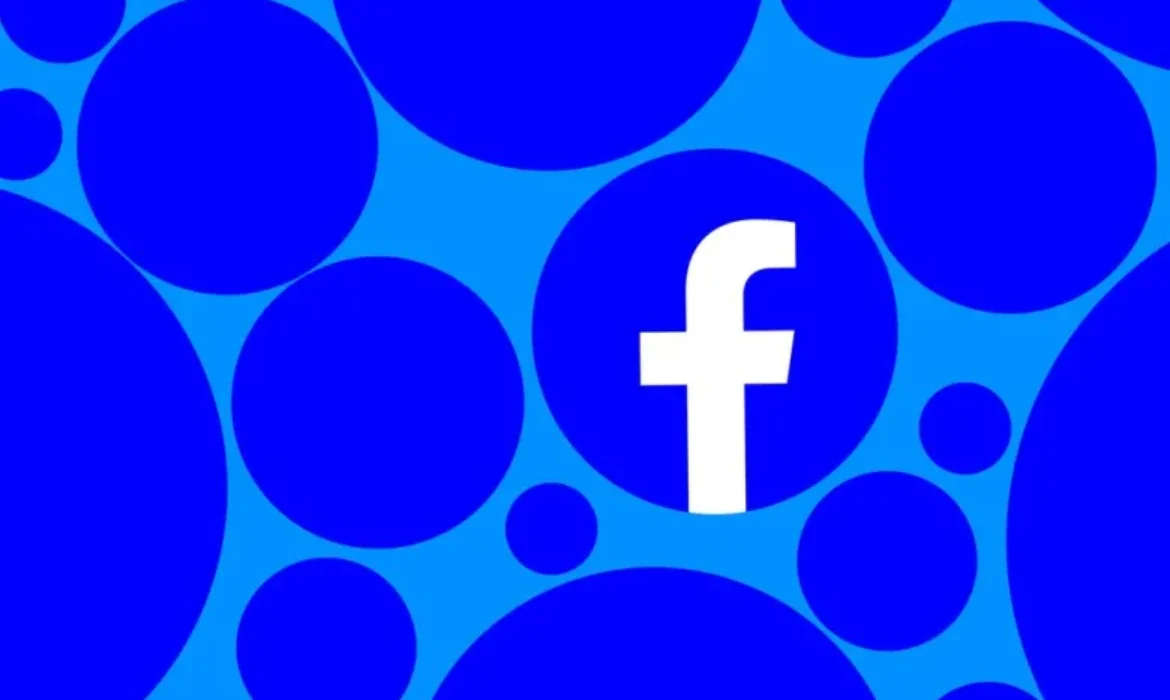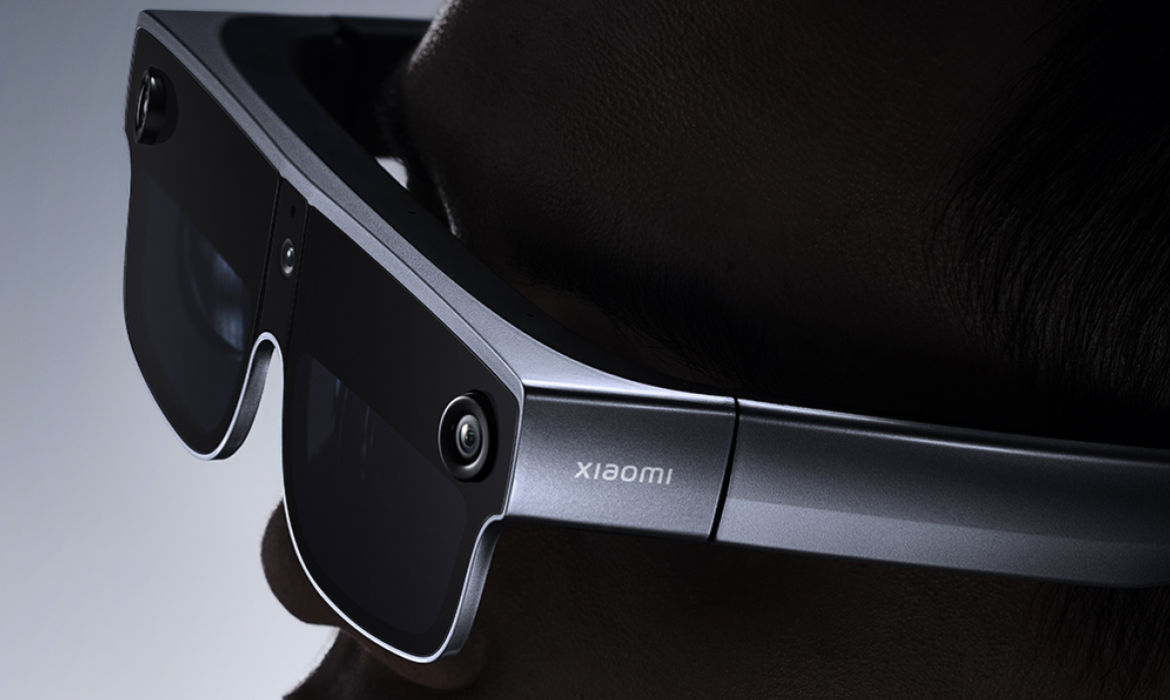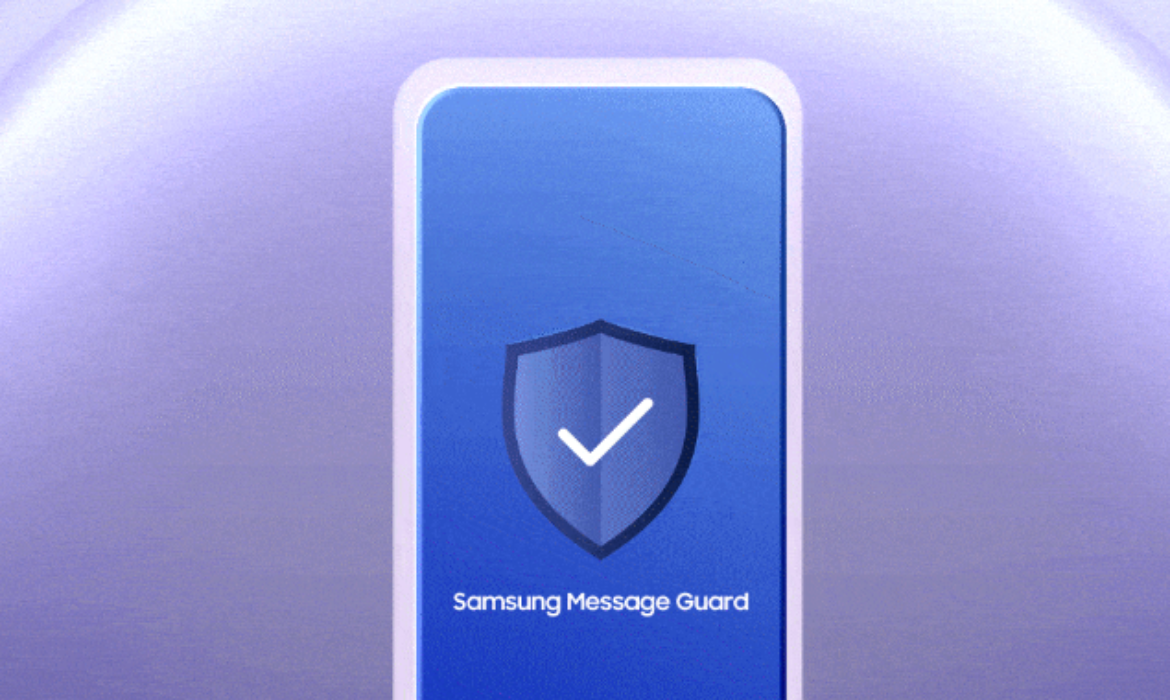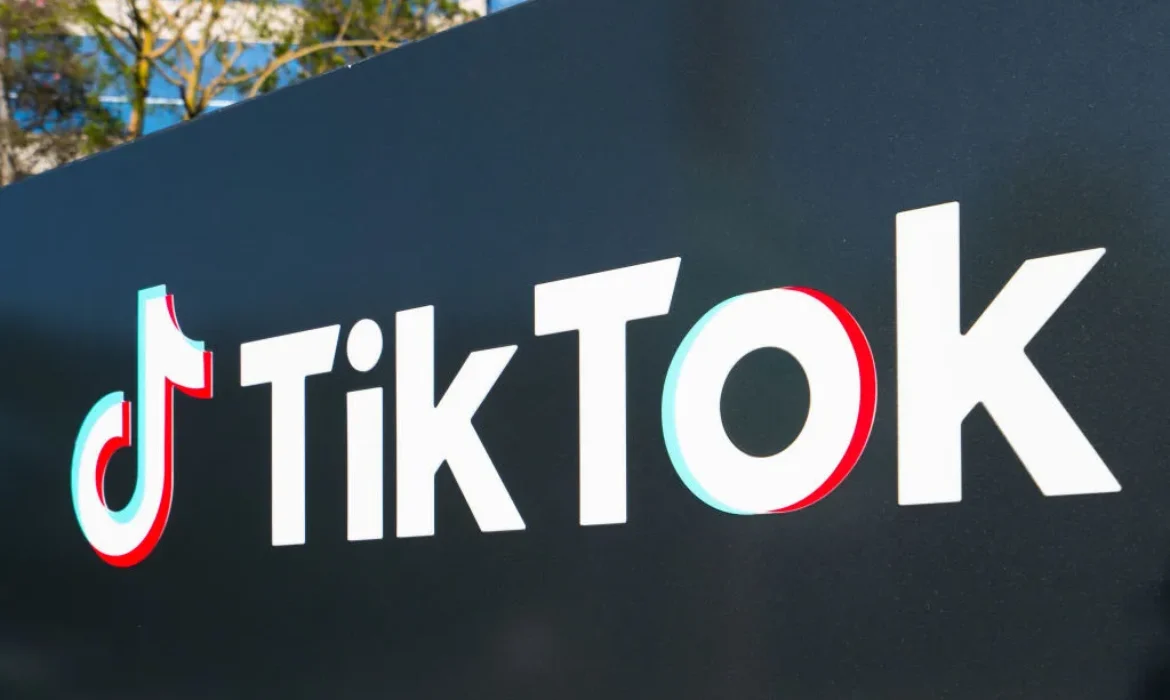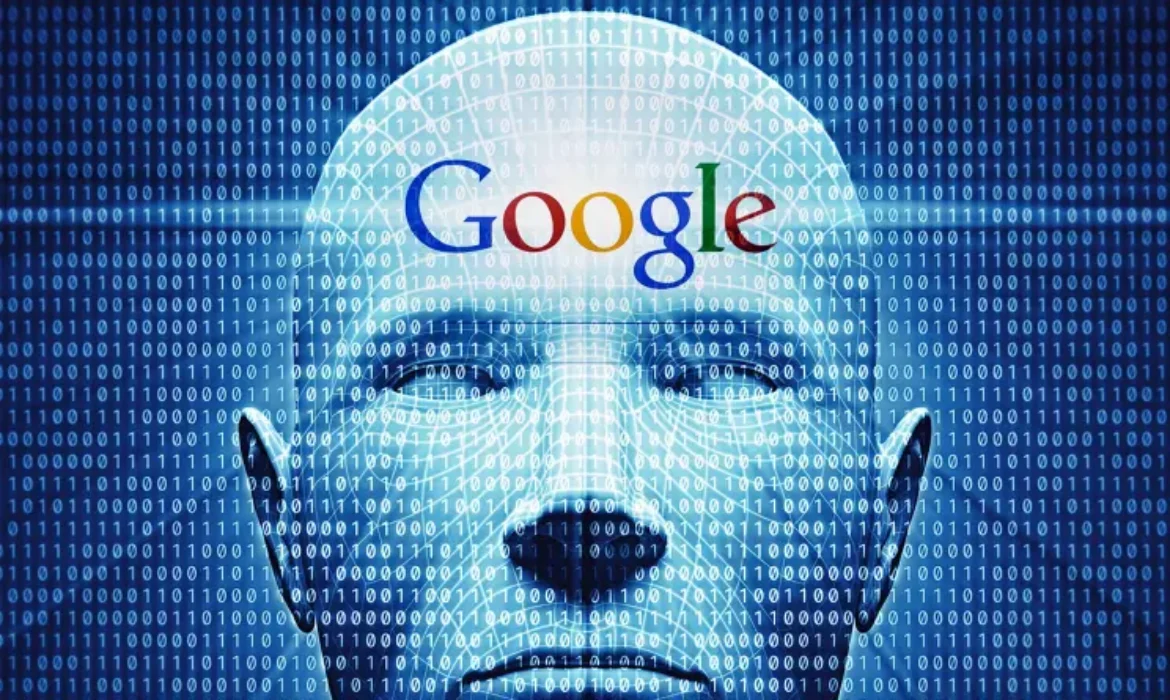Tesla Responds to Market Demands with Reduced Prices on Model S and Model X in the U.S.
The manufacturer of Tesla electric vehicles has announced a significant decrease in prices for their cars Model S and Model X in the United States. This step is aimed at making these luxurious electric cars more affordable and accessible to a wider range of customers.
According to the Tesla website, the price of Long Drange Model S was reduced by 4%, from $ 79,990 to $ 76,190, while the performance of Model S showed a decrease of 3% from $ 99,990 to $ 96.190 . USA. The X Long Range Plus model currently starts with $ 86,190, which is 5% compared to $ 90,990, while the performance of Model X was reduced by 9%, from 119,990 US dollars to $ 108,190 . USA.
Tesla General Director Elon Musk went on Twitter to announce a decrease in prices, saying that “the glove was dropped!” And “the only thing left is for other car manufacturers to join the EV revolution.”
The reduction in the price occurred after Tesla announced record sales in the fourth quarter of 2022, and the supply of its model S and model X increased by 40% in annual calculus. The company is faced with increased competition from other car manufacturers entering the EV market, and analysts say that price reduction can be a strategic step to maintain Tesla as a market leader.
Tesla also expands its production capabilities: new factories in Texas and Germany are expected to begin to produce vehicles at the end of this year. In the coming years, the company also plans to launch the Cybertruck pickup and the updated Roadster sports car.
It is expected that the price reduction will be well accepted by Tesla fans and potential customers, since the company continues to drive a way in the electric vehicle industry.
Get Apple’s iPad 2021 almost $80 cheaper than usual
Apple’s 2021 iPad has dropped to a record low price of $250, making it an even more affordable option for those looking to buy a new tablet. The iPad is a popular device for both personal and professional use, thanks to its sleek design and powerful technical capabilities.
This price cut is significantly less than its original price of $329, and it is available for purchase at various online retailers such as Amazon, Best Buy and Walmart. The price reduction is believed to be a result of Apple’s efforts to remain competitive in a tablet market that has seen an influx of affordable devices in recent years.
With its 10.2-inch Retina display, A13 Bionic chip, Apple Pencil and Smart Keyboard support, the iPad 2021 offers users a premium tablet for a lower price. It also has a 12-megapixel rear camera and a 7-megapixel front-facing camera, making it a great option for capturing high-quality photos and videos.
Apple’s iPad has always been a popular device, but with the new price cut, it’s becoming more affordable for a wide range of consumers. The move also puts pressure on competitors in the tablet market, forcing them to lower their prices to stay competitive. With this price cut, Apple’s 2021 iPad has become a great budget tablet for those who want to enjoy Apple’s features without going broke.
Nokia is changing its logo to move away from the image of a mobile device maker
Finnish 5G equipment manufacturer Nokia unveiled a new logo to move away from the image of a mobile device manufacturer.
The new brand identity includes five shapes that form the word NOKIA, in different colors depending on the use case.
The company’s iconic blue has been replaced to symbolize its repositioning as a “business technology company” rather than a cell phone manufacturer.
The last time the company substantially updated its logo was in the late 1960s, when the famous blue-printed Nokia logo debuted.
According to the press release, the new design is meant to represent “an active, dynamic and modern Nokia,” reflecting the company’s core values and goals.
“It was designed as a symbol of the collaboration that Nokia believes is critical to realizing the exponential potential of networks: unlocking advances in sustainability, performance and accessibility,” the statement said.
CEO Pekka Lundmark discussed the reasons for the rebranding, saying, “In most people’s opinion, we are still a successful cell phone brand, but that’s not what Nokia is about. We want to launch a new brand that focuses on networks and industrial digitalization, which is completely different from the outdated cell phones.”
The departure from Nokia’s previous identity as a phone manufacturer will be further demonstrated at this year’s Mobile World Congress in Barcelona.
Nokia’s new logo symbolizes the company’s evolution towards the future and its efforts to distance itself from its past as a cell phone manufacturer. It symbolizes Nokia’s new commitment to collaboration, technological innovation and unlocking the potential of networks.
What Apple’s top-secretive XDG lab is working on
Apple has a secret team called the Exploratory Design Group or XDG, which operates as a startup inside the company and consists of several hundred people, mostly engineers and scientists. The main focus of this group is to work on noninvasive blood glucose monitoring technology for the Apple Watch.
If XDG can successfully develop this technology for the Apple Watch, one day Apple Watch users will be able to monitor their blood glucose levels directly on their Apple Watch, without having to prick themselves with a needle to draw blood and use a blood glucose monitor.
Apple Exploratory Design Group
Details about the Apple Exploratory Design Group were revealed by Mark Gurman in his PowerOn newsletter for Bloomberg . While blood glucose monitoring technology is XDG’s main focus, it is also working on other technologies, including next-generation display technology, artificial intelligence and augmented reality/virtual reality headset features to help people with eye diseases.
XDG was originally created to develop next-generation batteries for iPhones and low-power processors. The group is still working on these projects along with other things. Many of the chip and battery technologies developed by XDG have been shipping into Apple products for years.
XDG is part of Apple’s hardware technology group and is led by the company’s senior vice president, Johnny Srouji. The team is based in a building called Tantau 9, which is outside Apple’s spaceship-shaped ring.
The top Apple engineers on the team include Apple engineers and scientists Jeff Koller, Dave Simon, Heather Sullens, Brian Raines and Jared Zerbe.
Gurman did not say when Apple would be able to ship its technology to monitor blood glucose levels without injections with the Apple Watch or how far along the development has been so far.
TELEGRAM Gained Popularity And Now Succeeds Only WHATSAPP
Telegram CEO Pavel Durov announced that 2022 was a successful year for the messaging app. Telegram reached the impressive mark of 700 million active users, cementing its place among the top five most downloaded mobile apps in the world.
In addition, 2022 was Telegram’s first year of monetization, and the results exceeded the company’s expectations, providing a solid financial foundation for future growth. The successful year was also marked by the release of dozens of new features that changed the way messaging apps work and how billions of people communicate.
Telegram has surged in popularity over the past 5 years, overtaking Facebook Messenger as the most popular cloud-based messaging app. With only WhatsApp ahead, Telegram is steadily narrowing the gap year by year. Durov promises that in 2023 the company will steadily continue on this trajectory, developing new features and updates.
According to Inclient portal, in 2022 the most Telegram downloads were in India (70.48 million), Russia (24.15 million), the U.S. (20.03 million), Indonesia (19.61 million) and Brazil (18.04 million). Messenger is popular among users in Russia, Belarus, Ukraine, Kazakhstan and the U.S.
In addition, 2022 was Telegram’s first year of monetization, and the results exceeded the company’s expectations, providing a solid financial foundation for future growth. The successful year was also marked by the release of dozens of new features that changed the way messaging apps work and how billions of people communicate.
Telegram has surged in popularity over the past 5 years, surpassing Facebook Messenger as the most popular cloud-based messaging app. With only WhatsApp ahead, Telegram is steadily narrowing the gap year by year. Durov promises that the company will steadily continue on this trajectory in 2023, developing new features and updates.
Facebook and Instagram are testing the sale of checks for $12 a month.
Meta is testing paid verification for Instagram and Facebook for $11.99 a month online and $14.99 a month on mobile. In an update on Instagram, CEO Mark Zuckerberg announced that the “Meta Verified” account gives users a verified badge, increased visibility across platforms, priority customer support and more. The feature launches this week in Australia and New Zealand and will be available “soon” in other countries.
“This week we begin rolling out Meta Verified, a subscription service that allows you to verify your account with your government ID, get a blue badge, get additional identity protection from impersonating accounts, and get direct access to customer support,” Zuckerberg writes. . “This new feature is designed to increase the authenticity and security of our services.”
To sign up for meta-verification, you must meet minimum activity requirements, be at least 18 years old and provide a government-issued ID that matches the name and photo you have on Facebook or Instagram. The new offer is very similar to Ilon Musk’s $8-a-month version of Twitter Blue, but Meta notes that it will not make any changes to accounts verified to meet the company’s previous requirements, including fame and authenticity.
In addition, users who sign up for the service get exclusive stickers for stories and videos, as well as 100 free stars a month or digital currency that can be used to tip creators on Facebook. Meta says companies can’t yet apply for the Meta Verified badge, and that you can’t change your profile name, username, birthday or profile picture without going through the verification process again.
“In the long term, we want to create a subscription offering that is valuable to everyone, including creators, businesses and our community as a whole,” Meta wrote in a blog post. “As part of that vision, we’re developing the value of verified badge so that we can expand access to verification and give more people confidence that the accounts they interact with are authentic.”
When the service launches in Australia and New Zealand this week, it will cost A$19.99 on Web sites and A$24.99 on mobile devices or A$23.99 on Web sites and A$29.99 on mobile devices. The higher cost for iOS and Android is probably a way to balance out the commission that Apple and Google charge on in-app purchases.
Rumors of the service first surfaced earlier this month, when a TechCrunch report frequently mentioned paid verification in Instagram’s source code. Social media consultant Matt Navarra later posted what appears to be a paid verification support page in the Australian or New Zealand version of Instagram.
With that in mind, it’s hard to ignore the parallels between Meta’s new subscription and Twitter Blue, which Musk relaunched just a few months ago. Nevertheless, Meta seems to take authenticity a bit more seriously, since users still have to provide government identification (as was the case with the old Twitter verification process) and presumably offers additional protection against fake accounts, though we still don’t. know which ones. Let’s hope this doesn’t cause the flood of fake verified accounts we saw on Twitter last year.
New Xiaomi AR Glass Discovery Edition headset weighs only 126 g
AR is an exciting idea, but it’s unclear whether the world has enough computing power to make such a fantastic concept a reality. Not to be deterred, Xiaomi has introduced its Wireless AR Glass Discovery Edition, a compact AR headset that uses the same Snapdragon XR2 Gen 1 processor as the Quest Pro . The company claims that these oversized sunglasses offer an elegant way to combine the digital and real worlds without requiring physical tethering to a smartphone.
At 126 grams (4.4 ounces), Xiaomi made the hardware from a magnesium-titanium alloy and carbon fiber parts to lighten the load. It also features a custom-made silicon-oxygen anode battery, which Xiaomi says will reduce the physical strain on the user. ( This user would beg to differ, saying from experience that anything pushing more than 100g on the nose is still too much to take for long periods of time.)
As for the displays, the headset features a pair of microOLED displays connected to a pair of arbitrarily shaped light-guiding prisms with a pixel density so dense that your eyes won’t notice the squares. The company also claims that you’ll experience less brightness loss than with other close-up displays, and can deliver a peak brightness of 1,200 nits. And for full immersion, the front of the lens is electrochromic, automatically dimming when you need to focus on the virtual world.
Advanced hand tracking is said to provide a new form of interaction with the user, whereby our hands can be used to manipulate the digital world. In the concept video, the user looks at a smart light and turns it off by flicking a virtual switch hovering over the device itself. Users will also be able to click and click on the Internet (or video) in a “Minority Report” style and potentially use them to boost productivity.
The emergence of these glasses is also part of Qualcomm’s own plans to use the Snapdragon Spaces platform to improve XR devices. Xiaomi’s hardware, combined with a compatible device such as the new Xiaomi 13 , promises low enough latency that you won’t notice the lack of a wire. And the company says it will “work closely with developers to accelerate the emergence of AR,” so important in a still nascent field.
Unfortunately, there is no word on price or availability, since this is still a conceptual device. Consequently, we would not recommend opening a separate savings account to set aside money to buy one, unless you are very, very, very patient.
Samsung has created Message Guard , a new antivirus for messages
Samsung has announced a new feature called Message Guard that protects users from malware and spyware through so-called zero-click attacks.
The South Korean chaebol said the solution “proactively” protects users’ devices by “limiting the impact of invisible threats disguised as image attachments.”
The security feature, available in Samsung Messages and Google Messages, is currently limited to the Samsung Galaxy S23 series, with plans to expand it to other Galaxy smartphones and tablets that run on One UI 5.1 or higher this year.
Zero-click attacks are highly targeted and sophisticated attacks that exploit previously unknown flaws (i.e., zero days) in the software to trigger the execution of malicious code without any user intervention.
Unlike traditional remote device exploitation methods, in which attackers use phishing tactics to get the user to click a malicious link or open a rogue file, these attacks completely bypass the need for social engineering and provide the attacker with an entry point.
Most zero-click exploits are designed to exploit vulnerabilities in applications such as messaging, SMS or email that receive and process untrusted data.
As a result, if a vulnerability exists in the way an application interprets incoming data, an attacker can exploit this flaw to create a malicious image that, when sent to the target device, automatically executes embedded code.
The lack of interaction associated with click-free attacks means that there are fewer traces of any nefarious activity, making them highly prized tools for delivering spyware that can track people and collect vast amounts of sensitive information.
Zero-click malware attacks
Samsung’s Message Guard works with several image formats, including PNG, JPG/JPEG, GIF, ICO, WEBP, BMP and WBMP, and essentially acts as a sandbox designed to quarantine images obtained through the application from the rest of the operating system.
“Message Guard checks the file bit by bit and processes it in a controlled environment to ensure it can’t infect the rest of your device,” the company said.
The feature is also similar to Apple’s iMessage feature called BlastDoor, which the tech giant included in iOS 14 as a means of countering zero-click attacks through its messaging app.
Last year, Apple also introduced an “extreme extra protection” option called Lockdown Mode , which protects iPhones and iPads from “extremely rare and very sophisticated cyberattacks.”
More brands are testing the Shop feature in TikTok
TikTok continues its efforts to turn its app into a place to shop, attracting more brands for its “Shop” initiative, which allows companies to sell their products directly in the app with full checkout options. TikTok began testing stores in the U.S. last November, and we now know that several more brands are participating in this initial testing phase.
According to an Ad Age report, companies now participating in this experiment include clothing brands such as Paxun, Revolve and Willow Boutique, as well as beauty brand Kimchi Chic. Users who want to buy products from these brands can click on the shopping cart icon in a brand’s profile to view their catalog and complete the checkout process without leaving the TikTok app.
The company confirmed to TechCrunch that the TikTok store is “still in the testing phase” in the U.S., as it has been since November, but gave no details on a timeline for a broader launch.
Although users have been able to buy products through ads in TikTok for some time, they previously had to resort to a browser in the app to make purchases. In TikTok Shop, the checkout process takes place directly in the app, making it a more natural and convenient experience. Instagram Shop works in a similar way.
Outside the U.S., the TikTok Shop has been available for about a year in several markets, including Indonesia, Vietnam and Singapore. Earlier reports indicated that TikTok had scrapped plans to open a store in other parts of the U.S. and Europe, as the company was reportedly struggling to gain traction in the United Kingdom, but TikTok believes that, given these ongoing trials, there is a market for the store in the United States. ,
In addition to the TikTok store, the company is also investing in other shopping features. Last March, the app teamed up with Instacart to allow food producers to create shopping lists linked to recipe videos. Later in June, it began testing a special shopping feed that also served as a hub for products sold at TikTok in some markets. In addition, he experimented with real-time shopping in various markets, such as the U.K. and several Southeast Asian countries.
As TikTok continues to work on shopping features, its competing apps are scaling back some of their e-commerce efforts. Instagram removed the “Stores” tab in January and announced this month that it was abandoning real-time shopping. Facebook will also close the Live Shopping feature in August 2022. Meanwhile, Amazon has been experimenting with live shopping in various markets. YouTube also introduced new Live Shopping features last May, such as the ability to stream two authors simultaneously.
But there is little evidence that these experiments are working to stimulate a significant amount of online shopping in Western markets, as is happening in Asia. Social commerce accounts for only 5 percent of e-commerce sales in the U.S., according to reports.
This may be due to cultural differences in app usage in different markets. But it’s also difficult to track all of the purchase conversions that occur because of the impact on product purchases in the social space. Some of these e-commerce transactions may not actually happen instantly, using a direct link provided by a brand or manufacturer. But video content or brand advertising can drive sales later, after a consumer views more digital ads or discovers a product through a Google or Amazon search or by visiting the retailer’s Is website.
However, the phrase “TikTok made me buy it” has become popular because of the video app’s ability to stimulate impulse sales. In fact, the word now has 7.4 billion views on TikTok, and the hashtag has 42.6 billion. In-app shopping features can not only drive these sales, but also make them trackable for brands and companies.
Google is adding new AI-powered features to Google Lens and multisearch.
Google has announced several new ways to use artificial intelligence (AI) to improve its search functions.
AI has played a crucial role in Google’s search technology from the beginning, improving the company’s language understanding capabilities. Through further investments in AI, Google has expanded its understanding of information to include images, videos and even real-world insights.
Here’s how Google is using this intelligence to improve search.
Search on your screen using Google Lens
One of the new ways Google is using AI is through its Lens feature. Google Lens is becoming increasingly popular, with more than 10 billion searches a month.
With the new update, users can use Lens to search for information right from their mobile screens.
The technology will be available worldwide on Android devices in the coming months.
Multisearch
Another new feature, called multi-search, allows users to search images and text at the same time. This feature is available worldwide on mobile devices in all languages and in all countries where Lens is available.
Google now allows people to use multisearch for any image they see in mobile search results. For example, if a user searches for “modern living room ideas” and sees a coffee table that they like but is the wrong shape, they can use multisearch to add text such as “rectangle” to find what they are looking for.
Google’s new AI-powered features: search just got smarter
Google has also added local search capability, allowing users to find what they need nearby.
The feature is currently available in English in the U.S. and will soon be rolled out worldwide.
Google is constantly working to make search more natural and visual. As the AI race heats up, it is likely that we can expect more from the search giant in the coming months.
